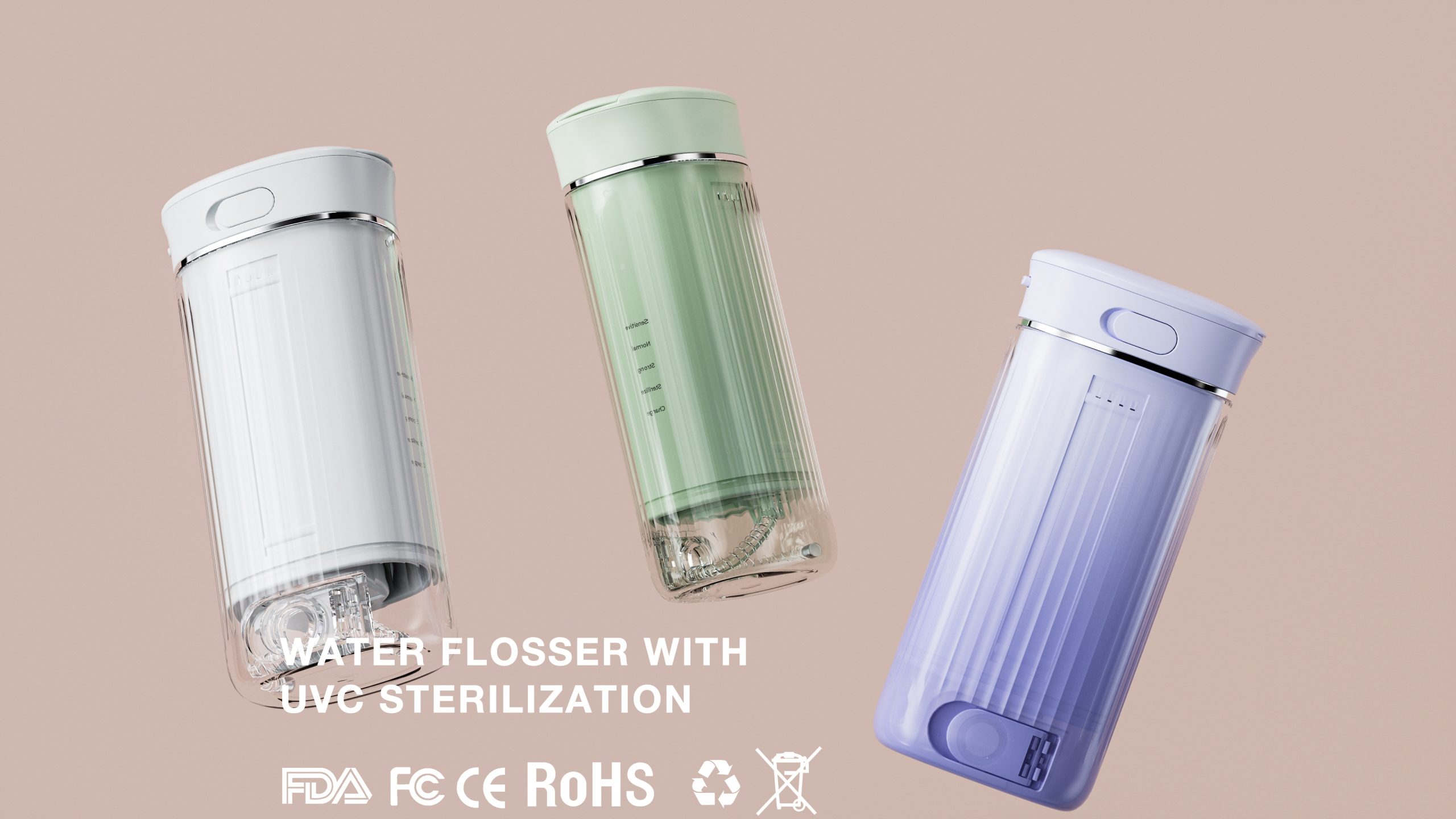In modern oral care, especially within powered dental devices and hygiene tools, the importance of technique is often overlooked in favor of marketing features. However, clinical evidence has shown that poor brushing or flossing techniques can have a direct and measurable effect on the periodontal pocket, a critical marker of gum health. For B2B dental product developers, understanding and optimizing how their devices guide or influence technique is essential—not just for performance, but for preventing disease progression.
A periodontal pocket forms when the gingiva detaches from the tooth surface due to inflammation, creating a space where bacteria thrive. A healthy sulcus is typically 1–3 mm deep, but when improper technique leads to plaque accumulation and gum inflammation, the pocket can deepen beyond 4 mm—a clear sign of periodontitis risk.
For device manufacturers, especially in ultrasonic scalers, power brushes, or irrigators, any tool affecting plaque removal should consider its impact on pocket depth control.
Technique is one of the few risk factors that is fully controllable. Incorrect brushing angles, aggressive flossing, or uneven irrigation pressure can not only fail to clean subgingivally but may even exacerbate inflammation. For example:
Manufacturers must design devices that guide users into proper technique—intuitively or through feedback.
To minimize adverse impact on periodontal pockets, manufacturers are now embedding technique-improving features, such as:
When done right, the device itself becomes a trainer, not just a tool.
Certain patients—such as those with early-stage periodontitis or existing deep pockets—require even more nuanced techniques. Devices designed for this audience must:
Technique becomes even more critical when serving clinical sensitivity zones—where wrong input causes irreversible harm.
Beyond product design, B2B partners can differentiate by offering educational modules or built-in digital coaching for users. For instance:
This empowers brands not only to offer a product, but a complete periodontal-care solution.
For OEMs or ODMs, presenting validation data that shows how your product supports optimal technique and minimizes periodontal pocket worsening can drive commercial differentiation. Consider including:
The link between technique and periodontal pocket health must be more than theoretical—it must be measurable and marketable.
In the fight against periodontal disease, technique is both the first line of defense and a potential source of harm. When device design fails to promote correct use, periodontal pockets deepen silently—undetected until intervention becomes urgent. But when done right, product engineering, ergonomics, and education converge to elevate into a healing force.
For B2B manufacturers, this represents more than risk avoidance; it’s a chance to lead the market with smarter, safer, and more effective oral-care devices—one that doesn’t just treat disease, but teaches prevention. Contact us

Factory view
.jpg)
Real-Time Brushing Tracking: How Smart Toothbrushes Improve Oral Care

Affordable Electric Toothbrush Recommendations for Students: A Guide for Oral Care Brands
Do Water Flosser Battery leakage and Overheat Dangerously?
Light Burns Cause Bite Misalignment? Whitener Safety Controversy!
.jpg)
Developing an Electric Toothbrush Sourcing Strategy?
Sustainable Electric Toothbrush for Businesses – Eco-Friendly Bulk & OEM Options
.jpg)
Need a Transparent Electric Toothbrush Cost Breakdown to Build a Strong Electric Toothbrush Supplier Relationship?

Oral Care and Personal Confidence Enhancement: A Dual Strategy from Whitening Effect to Product Appearance Level
.jpg)
Key Points for Customized Water Flosser Nozzle: Food-Grade Silicone vs. PP Material and Antibacterial Structure Design
Electric Toothbrush with Pressure Sensor – OEM Design & Wholesale Supply

How to Find High-quality Electric Toothbrush Factories for Cooperation?

The Teeth Whitening Market Is Booming: How Can Brand Owners Connect with Reliable Teeth Whitening Device Factories?

Does the 40000 Strokes/Min Sonic Brush Trigger Gum Recession?
.jpg)
Smart Electric Toothbrush Manufacturing: How to Choose the Best OEM Partner

Can a Folding Toothbrush Design Make This Travel Electric Toothbrush Fit in a Wallet?
Compatibility Confusion with Nozzle Replacement? What OEM Buyers Must Know

Electric toothbrush heads Charcoal Infused-Diamond

Customization Teeth Whitening Gel

electric toothbrush heads Regular Clean

electric toothbrush heads Ultra Soft

electric toothbrush heads Deep Clean

electric toothbrush heads Charcoal Infuse-Round

Private Label Whitening Gel
.jpg)
Florida Electric Toothbrush – Powsmart PTR-C8
whstapp
whstapp
National Toll-Free Service Hotline
+86 755 86238638